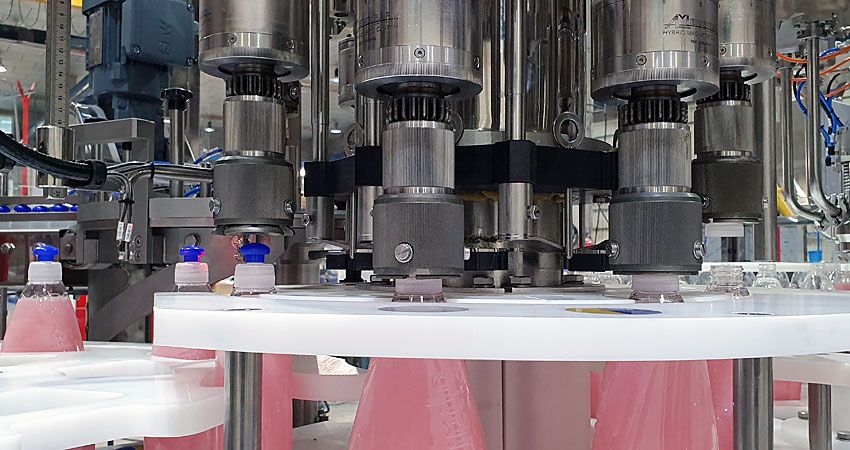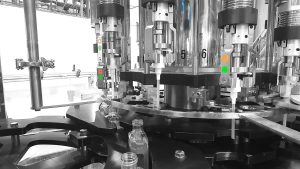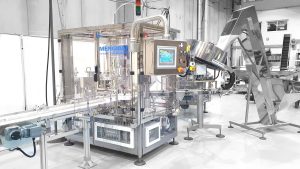Fast changeovers are critical for manufacturing efficiency, especially in filling and capping machinery. They enable production processes to be more flexible and responsive to changing customer demands. However, achieving fast changeovers can be a challenge, as it requires careful planning and implementation of effective strategies. In this article, we will discuss 5 ways to achieve fast changeover in capping lines.
1. Standardize the Changeover Process
One of the most important ways to achieve fast changeovers is by standardizing the changeover process. This involves creating a standard procedure that outlines the steps involved in the changeover process. By standardizing the process, the operator can perform the changeover efficiently and quickly, reducing downtime.
To achieve this, it is important to create a detailed checklist of all the tasks involved in the changeover process. The checklist should be reviewed and updated regularly to ensure that it reflects any changes in the process. Additionally, standardizing the process helps to reduce the risk of errors, as the operator will be familiar with the process and less likely to make mistakes.
2. Optimize Equipment Layout
Another way to achieve fast changeovers is by optimizing the equipment layout. The equipment layout can have a significant impact on changeover times, as poorly designed layouts can result in longer changeover times.
To optimize the equipment layout, it is important to identify any bottlenecks in the process and design the layout to minimize these. Additionally, equipment should be arranged in a logical sequence to minimize the distance that the operator has to travel during the changeover process. By optimizing the equipment layout, changeovers can be completed more quickly, reducing downtime and improving efficiency.
3. Use Quick-Release and Tool-Less Components
Using quick-release and tool-less components can also help to achieve fast changeovers. These components are designed to be easily removed and installed without the use of tools, reducing the time required for changeovers.
Examples of quick-release and tool-less components that can be used in capping machinery lines include snap-on connectors, quick-release clamps, and hand-tightened knobs. By using these components, changeovers can be completed more quickly and efficiently, reducing downtime and improving productivity.
4. Use Measurement Guides and Power Height Adjustments
Using measurement guides and power height adjustments can also help to achieve fast changeover in capping lines. Measurement guides can be used to ensure that equipment is properly positioned, while power height adjustments can be used to quickly and accurately adjust the height of equipment.
Measurement guides can be used to indicate the correct positioning of equipment, such as capping heads or filling nozzles. By using these guides, operators can quickly and accurately position the equipment, reducing the time required for changeovers. On the other hand, power height adjustments can be used to quickly and accurately adjust the height of equipment, such as capping heads or filling nozzles. By using these adjustments, operators can quickly and easily adjust the height of the equipment to match the container being filled or capped. This reduces the time required for changeovers and improves efficiency.
5. Train Operators
Well-trained operators are critical to achieving fast changeovers. Operators who are knowledgeable about the changeover process and the equipment can perform changeovers more efficiently and effectively, reducing downtime and improving productivity.
To train operators, it is important to develop a training program that covers all aspects of the changeover process. The program should be designed to provide operators with the knowledge and skills required to perform changeovers efficiently and effectively. Additionally, the program should be regularly reviewed and updated to ensure that it remains relevant and effective.
In conclusion, achieving fast changeovers in capping machinery is critical to manufacturing efficiency. Implementing a standardized changeover procedure, utilizing quick-change parts, investing in automation and technology, cross-training employees, preparing in advance, and using measurement guides and power height adjustments are all effective ways to achieve fast changeovers in capping lines. By incorporating these strategies into their operations, manufacturers can reduce changeover times and increase efficiency.
Finally, the ability to achieve fast changeover in capping lines is a key factor in maintaining a competitive advantage in today’s fast-paced manufacturing environment. By implementing the strategies discussed in this article, manufacturers can reduce downtime, increase productivity, and remain competitive in an increasingly demanding market.





